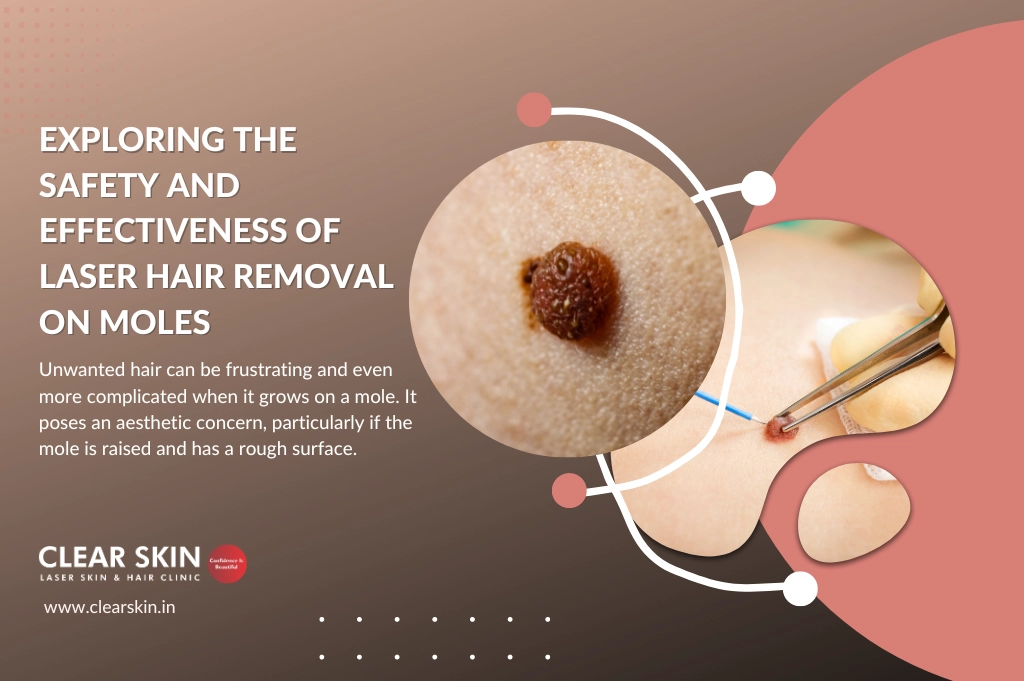Reduced inflammation - LLLT reduces inflammation by stopping the release of proinflammatory cytokines. It also stimulates the production of anti-inflammatory mediators. LLLT is beneficial in treating dental problems such as gingivitis and periodontitis. It reduces the inflammation of gums and improve the condition of gums.
LLLT accelerates the process of tissue regeneration and repair by encouraging cell metabolism. LLLT has been shown to improve the healing of wounds as well as reduce post-operative pain in dental procedures, such as periodontal or oral surgery.
Pain Relief LLLT modifies pain perception through the stimulation of nerve conduction. It also reduces the production of pain-reducing substances such as P.
Disinfection- LLLT is antimicrobial and can reduce the amount of bacterial burden in the oral cavity. It is used as an adjunctive therapy in the treatment of oral inflammation like oral ulcers or peri-implantitis, in order to promote bacterial clearance and preventing the further spreading of infection.
Treatment of Temporomandibular Join (TMJ). The LLLT helps reduce inflammation and muscle tension within the TMJ. It can help relieve symptoms like jaw pain, click sounds or limited jaw movement.
Reduced severity of Oral Mucositis- LLLT has been demonstrated to be effective in reducing severity of oral mucositis a common side effect of chemotherapy as well as radiation therapy for cancer patients. It has been shown to reduce pain and encourage healing of ulcers on the oral mucosa.
Growth of healthy gingival tissue The growth of healthy gingival tissues LLLT has been shown to stimulate gingival fibroblasts. This encourages healthy tissue in the gingival. This could be beneficial in treating gingival recession as well as in encouraging the attachment of gingival tissues to dental implants.
Overall, safe Laser low-level laser therapy provides a non-invasive and drug-free approach to managing various dental problems and promoting faster healing, pain relief, and better oral health outcomes. But, LLLT should only be used after consulting with a dentist who is a specialist for a proper diagnosis and the appropriate treatment. See the best lágylézer for blog tips including lézer bérlés, gyógyító lézer, safe laser készülék, laser lézer, lágylézeres készülék, lágylézer készülék bérlés, laser kezelés, lágylézer kezelés budapest, orvosi lágylézer, lágy lézer vélemények and more.

How Can Low-Level, Safe Laser Therapy Help To Treat Throat Issues?
Safe Laser Low-Level Laser Therapy (LLLT) is a low-level laser that can be used to treat a variety of throat disorders. LLLT can help reduce inflammation in throat conditions like tonsillitis or pharyngitis.
LLLT is effective in relieving soreness, discomfort and pain due to throat-related ailments.
Enhanced Tissue Repair and Regeneration- LLLT promotes cellular metabolism, repair and proliferation. LLLT can aid in promoting quicker healing for situations like vocal cord or throat ulcers. This could lower the risk of complications, while also improving overall health of the throat.
Improved blood circulation - LLLT stimulates microcirculation aswell in vasodilation. The increased blood flow is then directed towards the tissues of the throat. The improved blood circulation will help provide nutrients and oxygen to injured or inflamed tissues, encouraging healing and lessening inflammation.
LLLT can help reduce swelling in the tissues of the throat through promoting drainage of fluids and lymphatic drainage. This can be beneficial to patients suffering from ailments such as post-operative swelling of the throat or laryngitis.
Treatment of vocal disorders- LLLT is a treatment that can improve the quality of voice and lessen the symptoms associated with voice disorders like hoarseness. LLLT helps to heal tissue and lessens inflammation of the voice cords. It can aid in restoring voice function and alleviate vocal-related symptoms.
Safe Laser low-level therapy offers a noninvasive, drug-free solution to a variety of throat problems and reduces symptoms like discomfort, inflammation and difficulties in swallowing. Talk to a doctor about the diagnosis and treatment suggestions before using LLLT. Have a look at the top rated safe laser bérlés for more tips including lágylézer készülék, lézer kezelés hatása, lágylézer árak, lágylézer ár, laser lézer, laser lézer, safe laser használata, lágylézer készülék, mozgásszervi betegségek kezelése, gyógyító lézer készülékek and more.

How Long Will It Take For The Laser Device That Is Safe To Affect Wound Healing?
Safe Laser low-level Laser Therapy (LLLT) is a treatment that can help heal wounds. The results are dependent on a variety of factors, including the type, severity, and overall health of the patient and their response to treatment. Generally, a number of LLLT treatments over a specific amount of time is recommended to achieve optimal wound healing.
Type and Severity Of The Wounds - The nature and severity of the wound can affect the number of LLLT sessions required. Smaller and less severe wounds might require fewer sessions than larger and more severe wounds. Also, chronic wounds or injuries that are a result of health issues might require more sessions to ensure optimal healing.
Wound Healing Stage- This phase of wound healing could also impact the number of LLLT sessions needed. Treatment can differ based upon the level of healing. LLLT is highly effective in all stages of healing, promoting tissue repair and regeneration.
The individual's response to therapy- The overall health of a person, their immune system, and ability to heal can all influence the way they respond to LLLT. Some people will respond quicker to the treatment and have quicker healing of wounds, while other may require a more prolonged course of therapy.
Treatment Protocol - The healthcare professional's treatment regimen will determine the amount and frequency LLLT session for wound healing. Healthcare professionals may tailor the treatment plan to suit specific needs. This may include scheduling LLLT sessions over several weeks or over a longer period.
While some people may see improvements in the healing of wounds with only a few LLLT session, others might need more treatment time to see the best outcomes. To get the most out of LLLT treatment, you should adhere to the instructions given by a medical professional. In addition, it is vital to keep track of the progression of the wound and to talk to the healthcare professional to ensure proper management of the injury and any necessary changes to the therapy program are implemented.
 Luke Perry Then & Now!
Luke Perry Then & Now! Michael J. Fox Then & Now!
Michael J. Fox Then & Now! Shane West Then & Now!
Shane West Then & Now! Karyn Parsons Then & Now!
Karyn Parsons Then & Now! Nicki Minaj Then & Now!
Nicki Minaj Then & Now!